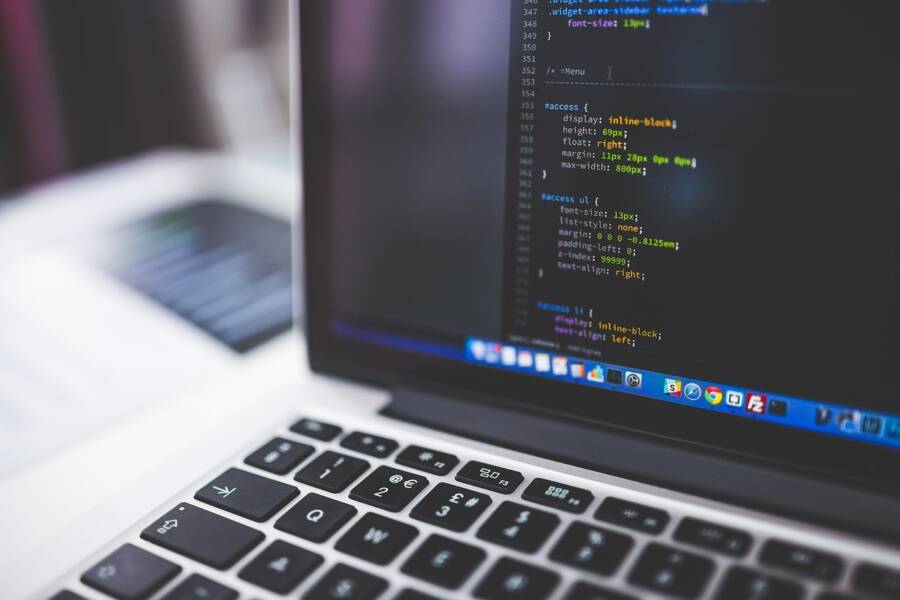During the execution of a programme, an exception is an event or a problem that occurs. When a programme encounters an exception, the usual flow of the programme is interrupted, and an exception object is produced. The computer then looks for someone who can handle the exception that has been raised. The exception object contains a wealth of debugging information, like method hierarchy, line number where the error occurred, exception type, and so on.
When you first start using Selenium webdriver, you’ll run across a variety of errors depending on the code you write. The same code works part of the time and some of the time it doesn’t. When writing a script, you want to provide high-quality code that functions well. Unfortunately, exceptions might occur as a result of the scripts we create, and they frequently fail. That’s why it’s crucial to know how to handle an exception.
Exception that has been checked
Compile time exceptions are exceptions that arise during the compilation process. If a method’s code throws a checked exception, the method must either handle the exception or use the throws keyword to identify the exception.
Exception that has been left unchecked
Runtime Exceptions are exceptions that occur during the execution of a programme. All exceptions in C++ are unchecked, but exceptions in Java can be checked or unchecked. As a result, the compiler does not require you to handle or define the exception. Exceptions must be specified or caught by programmers.
Exception Handling Techniques
- The try block is used to surround code that might potentially throw an exception.
- To handle the Exception, the catch block is utilised. It can only be used after the try block.
- Finally, the finally block is used to run critical code such as shutting connections, streams, and so on. Whether or whether an exception is handled, it is always run.
- The keyword “throw” is used to throw an exception.
- Exceptions are declared with the “throws” keyword. There isn’t any exception thrown. It states that an exception may occur in the procedure. It’s usually used in conjunction with a method signature.
Method is something you should try.
I used a try block in the preceding code to enter the statement that throws the exception. This is the statement’s driver. findElement(By.xpath(“/*[@id=’register’]”)). Because Selenium cannot identify the specified element on the Google Search page, click() raises an error.
Method of catching
The goal here is to manage the exception and continue the program’s execution. I’ve developed a catch block to handle the thrown exception in this case. After the try block, it should always be written. As a result, when you run the programme, it will output the remaining statements.
Conclusion
Exception handling in Selenium exceptions WebDriver is a regular occurrence during the execution of automation code. The exceptions, as the name implies, are the rare or unusual occurrences that emerge for numerous causes. The main point is to catch such issues early on. As a result, Exception Addressing is the act of anticipating and intelligently handling unusual problems before they occur. These errors can occur for a variety of reasons, including faulty syntax, erroneous argument passing, or the lack of particular needed features.
TechnologyHQ is a platform about business insights, tech, 4IR, digital transformation, AI, Blockchain, Cybersecurity, and social media for businesses.
We manage social media groups with more than 200,000 members with almost 100% engagement.








































